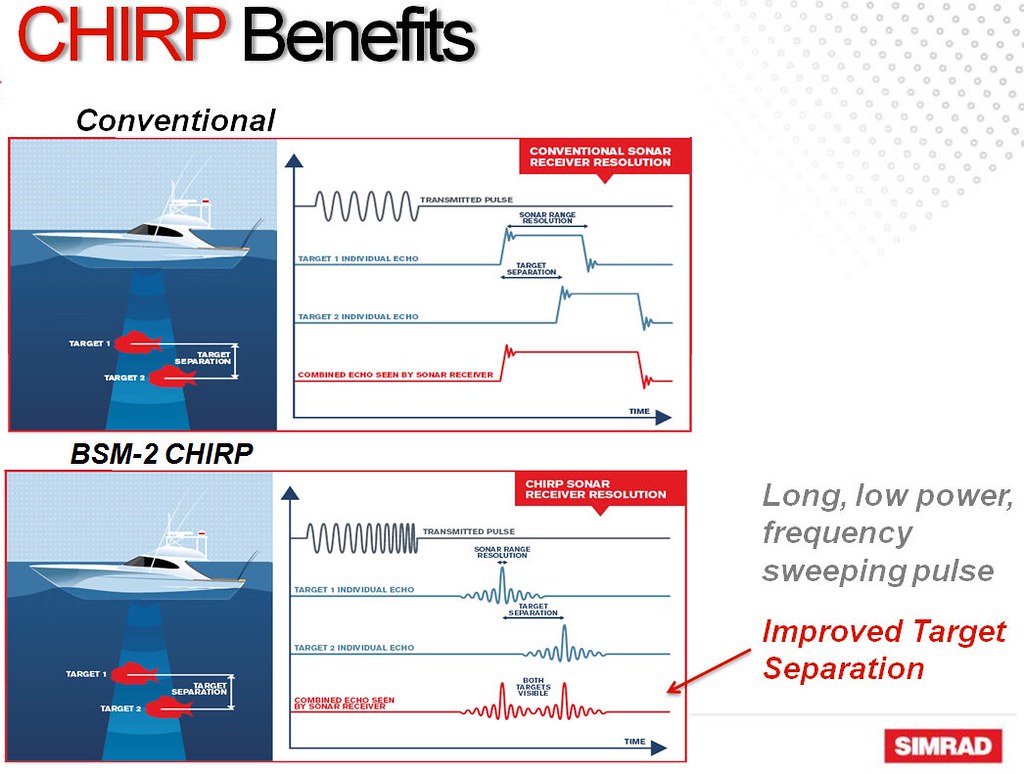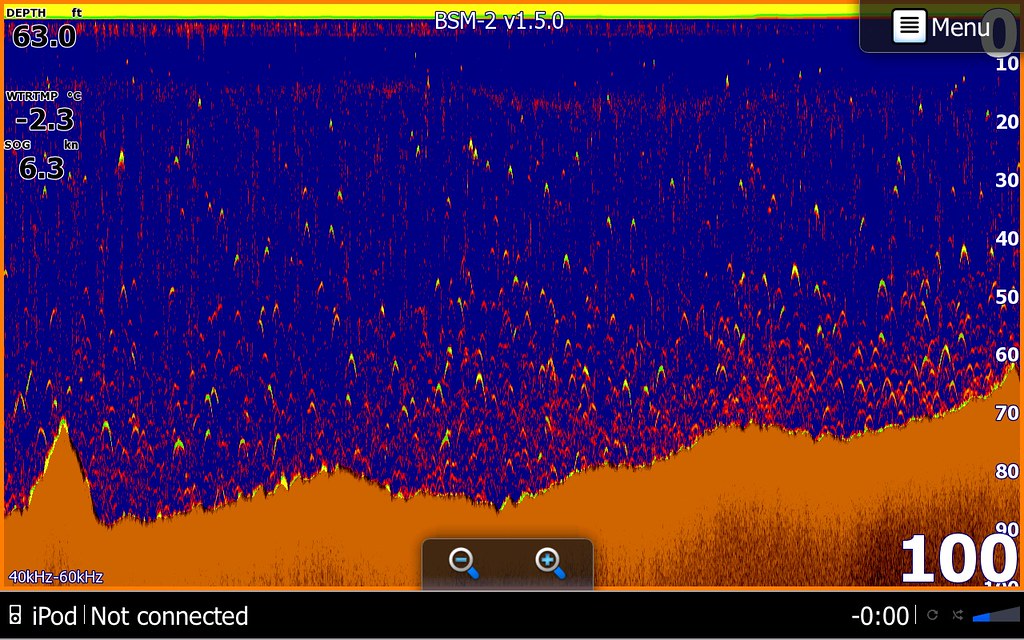
Never have there been a higher variety of Chirp sonars, and CHIRP transducers available than today.
Both transducers and sonar modules are today available in almost all price segments. Since they show up more and more frequently second hand as well, here's a few tip so you don't waste your money on old sonar sold as CHIRP, or when someone tries to make you buy an expensive transducer, when what you need first of all is a CHIRP sonar/ module.

· The sonar sounder module is responsible for producing the CHIRP pulses.
· The transducer connected to the sonar sounder is responsible for transferring that electrical energy into sound waves.
· ALL transducers are capable of being used to transfer CHIRP pulses into water.
· Transducers that claim to be CHIRP transducers may be better suited/tuned/matched to utilize CHIRP pulses, but ALL transducers are capable of being used for CHIRP.
· The HDS Gen2, and Gen2Touch, NSSevo1,and more or less all other brand sonars have sonar sounders in them. They are not capable of producing CHIRP pulses. They can have CHIRP compatible transducers connected to them but they will still ONLY produce the single “Conventional” sonar pulse. AGAIN, CHIRP is a function of the sonar sounder.
· Connecting a HDS Gen2, Gen2Touch or NSSevo1 to a sonar module capable of producing CHIRP pulses (SonarHub, BSM2, BSM3, S5100, HDS Gen3, HDS Carbon, etc.) is an effective method…but again the sonar module is producing the CHIRP pulses.

Here's the definition of CHIRP
CHIRP = Compressed High Intensity Radar Pulse
Kjell Hansen Team Scandinavian Trolling
Richard Maxey Navico


















Inga kommentarer:
Skicka en kommentar